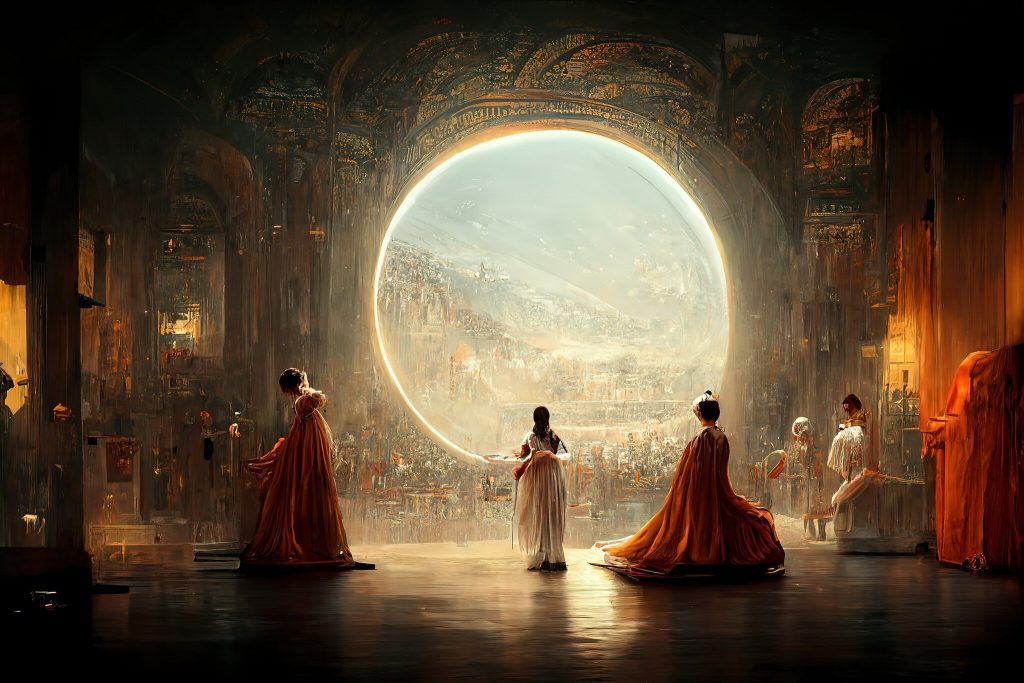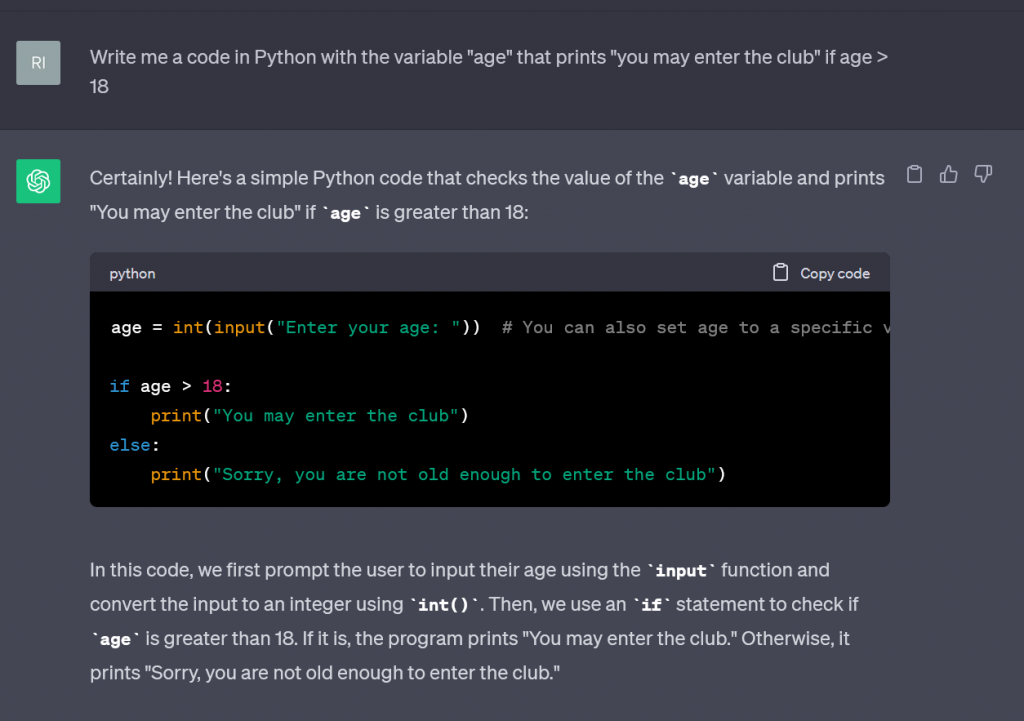
In an age where artificial intelligence is pushing the boundaries of creativity, the realm of AI-generated art has become a topic of fascination and debate. However, it brings with it a complex problem – copyright. The question of who owns and can profit from AI-generated artwork is a challenge that’s stirring discussions in the art world and legal circles (Mahari, Fjeld, & Epstein, 2023).
AI-generated art, often created by algorithms, neural networks, or generative models, challenges the traditional notion of authorship. It blurs the lines between human and machine creativity. So, who should hold the rights to AI-created pieces?
One argument is that the person or organization who owns the AI system should be the copyright holder. But this viewpoint raises questions about AI’s true creative potential. AI, after all, relies on massive datasets and human programming to produce art. Is it genuinely an independent creator, or is it merely a tool at the artist’s disposal?
Conversely, some argue that the human artist using the AI should be credited as the creator. They provide the creative direction, select algorithms, and make aesthetic choices. However, this stance faces criticism too, as it can undervalue the AI’s role in the creative process.

This AI-generated piece won the Colorado State Fair, causing large amounts of controversy. (via: Jason Allen/New York Times).
Lastly, generative AI models are trained using human-made images. These images are usually picked from the internet, without artists’ consents, and used to train the models. This, in theory, could also mean that AI-generated art is plagiarizing the art used to train it (Appel, Neelbauer, & Schweidel, 2023).
The legal system hasn’t fully caught up with the nuances of AI-generated art. Existing copyright laws were crafted with human authors in mind and struggle to accommodate the evolving landscape of AI creativity. Nevertheless, new developments are turning the tide against AI-generated content. Recently, an American court ruled that AI cannot hold copyright for pieces created without human input (Reuters, 2023).
As AI-generated art gains popularity, it’s vital to address the copyright issue proactively. A fair and comprehensive legal framework is needed to protect the rights of all parties involved – AI system creators, artists, and the public.
Bibliography
Appel, G., Neelbauer, J., & Schweidel, D. A. (2023, April 7). Generative AI has an intellectual property problem. Harvard Business Review. https://hbr.org/2023/04/generative-ai-has-an-intellectual-property-problem
Brittain, B. (2023, August 21). AI-generated art cannot receive copyrights, US Court says. Reuters. https://www.reuters.com/legal/ai-generated-art-cannot-receive-copyrights-us-court-says-2023-08-21/
Mahari, R., Fjeld, J., & Epstein, Z. (2023, June 15). Generative AI is a minefield for copyright law. The Conversation. https://theconversation.com/generative-ai-is-a-minefield-for-copyright-law-207473
Roose, K. (2022, September 2). An A.I.-generated picture won an art prize. Artists aren’t happy. The New York Times. https://www.nytimes.com/2022/09/02/technology/ai-artificial-intelligence-artists.html


